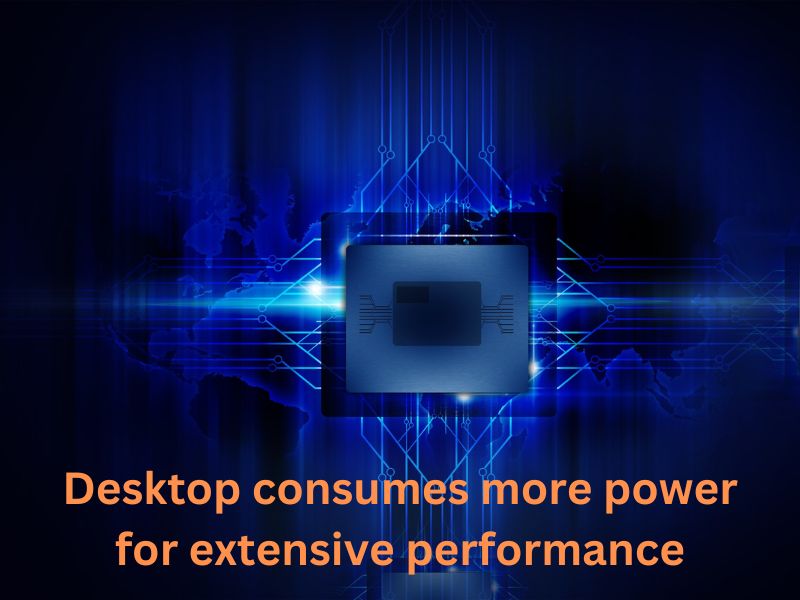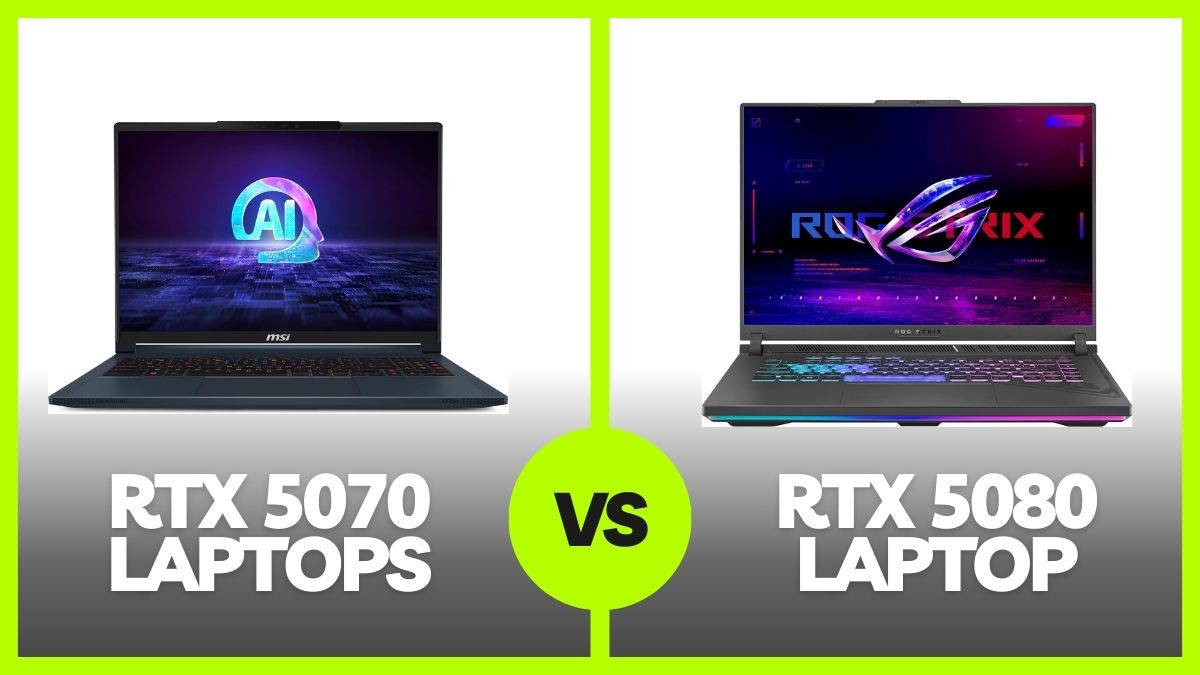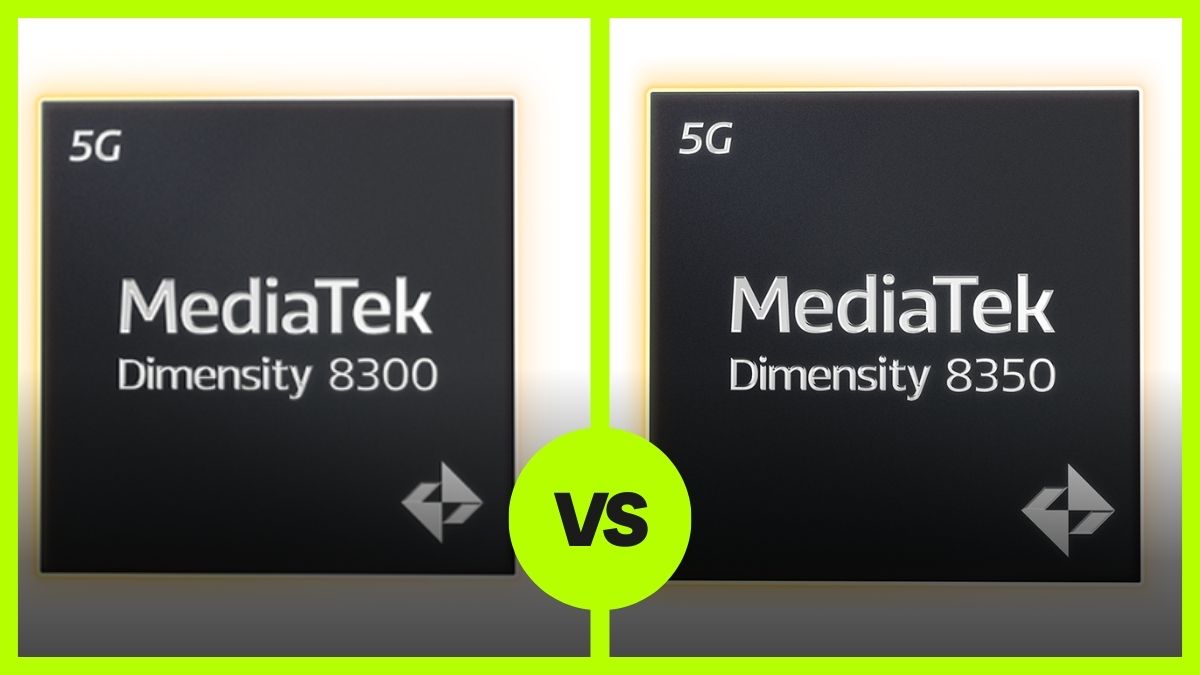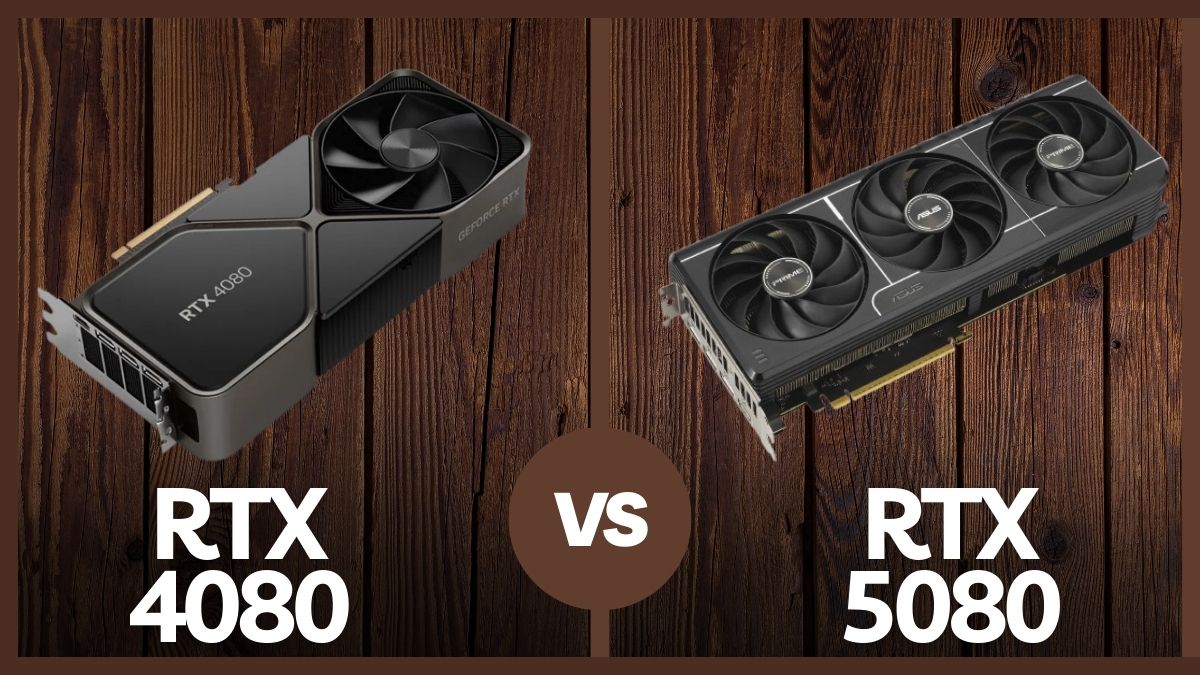
In the rapidly evolving world of technology, the central processing unit (CPU) is a crucial component in any computing device. While desktop computers have traditionally been associated with high-performance CPUs, the emergence of mobile devices with powerful processors has raised questions about the differences between mobile CPUs and their desktop counterparts.
When we talk about mobile CPUs, it means we are speaking about laptop processors, which are completely different from the desktop CPUs; doesn’t matter if the company is naming it in the same way. For instance, the newly launched AMD Ryzen 7 chip serves both laptops and desktops. However, the power consumption, performance, form factor, and application usage are different for each. Likewise, we will compare the purpose by comparing mobile CPU and desktop CPU.
Mobile CPU vs Desktop CPU; Detailed Comparison
This article provides a comparative analysis of mobile CPUs and desktop CPUs, exploring their key distinctions, performance capabilities, power efficiency, and applications. Here is our detailed outlook by comparing mobile CPUs and desktop CPUs:
Performance
Desktop CPUs are known for their high performance compared to mobile CPUs. They often feature higher clock speeds, more cores, and larger caches, enabling them to handle resource-intensive tasks with ease. Desktop CPUs are designed to deliver robust performance, making them suitable for demanding applications like gaming, video editing, and scientific simulations. With the ability to handle heavy workloads and multitasking, desktop CPUs are favored by professionals and enthusiasts who require top-tier performance.
Conversely, mobile CPUs prioritize power efficiency and thermal management over raw performance. While they have significantly improved in recent years, they generally have lower clock speeds and fewer cores compared to desktop CPUs. This design choice helps conserve battery life and minimize heat generation, critical factors in mobile devices. Mobile CPUs are optimized for everyday tasks such as web browsing, social media, video streaming, and light productivity work. While they may not match the performance of desktop CPUs, they are ideally suited for the needs of portable devices.
Winner: Desktop CPU
Power Efficiency
Power efficiency is a fundamental difference between mobile CPUs and desktop CPUs. Mobile CPUs are specifically optimized to operate within the limited power constraints of mobile devices like smartphones and tablets. They employ various power-saving techniques, such as aggressive voltage scaling, dynamic frequency scaling, and idle state optimizations. These optimizations help conserve battery life and extend the usability of mobile devices between charges.

Desktop CPUs, on the other hand, have higher power consumption since they are not bound by the same power limitations as mobile CPUs. Desktop systems can draw more power from a wall outlet and do not rely on battery power. This increased power consumption allows desktop CPUs to deliver higher performance but comes at the cost of higher energy consumption. Desktop users typically have access to a continuous power source, enabling them to prioritize performance over power efficiency.
Winner: Mobile CPU
Thermal Considerations
The thermal considerations of mobile CPUs and desktop CPUs are vastly different due to their respective form factors and intended usage scenarios. Mobile CPUs must contend with restricted space and thermal constraints within compact mobile devices. To manage heat dissipation efficiently, mobile CPUs are often designed to operate at lower voltages and clock frequencies, reducing the amount of heat generated. Additionally, mobile devices utilize heat sinks, heat pipes, and thermal throttling mechanisms to prevent overheating and ensure the longevity of the device.
Desktop CPUs, benefiting from larger form factors and improved cooling systems, can handle higher thermal loads. They have ample space for robust cooling solutions such as large heatsinks, multiple fans, and liquid cooling setups. This enables sustained performance under heavy workloads and overclocking. Desktop CPUs generate more heat compared to mobile CPUs, but their cooling solutions effectively dissipate the heat, preventing thermal throttling and ensuring stable performance.
Winner: Desktop CPU
Form Factor and Upgradability
Form factor and upgradability are important considerations when comparing mobile CPUs and desktop CPUs. Desktop CPUs are part of larger systems with expandable configurations, making them easily upgradeable. Users can swap out CPUs, add more RAM, upgrade graphics cards, and install additional storage devices to enhance performance. The upgradability of desktop CPUs allows users to future-proof their systems and adapt to evolving technology without replacing the entire unit.

In contrast, mobile CPUs are integrated into the motherboard and tightly integrated with other components. Upgrading a mobile CPU typically requires replacing the entire device, as it is not user-replaceable. Mobile devices are designed with a compact form factor and portability in mind, limiting the scope for upgradability. However, advancements in mobile technology have led to modular designs where some components, such as storage or memory, can be upgraded to a limited extent. Still, the upgradability of mobile CPUs remains significantly restricted compared to desktop CPUs.
Winner: Desktop CPU
Application and Usage
Mobile CPUs and desktop CPUs cater to different application scenarios and usage patterns. Desktop CPUs excel in tasks that demand high computational power, such as gaming, content creation, and professional workloads. Their superior performance, multiple cores, and high clock speeds make them ideal for multitasking and resource-intensive applications. Professionals in fields such as video editing, 3D modeling, and scientific simulations benefit from the raw computing power of desktop CPUs.
Mobile CPUs, on the other hand, are optimized for energy efficiency and portability. They provide sufficient processing power for everyday tasks like web browsing, social media, video streaming, and light productivity work. Mobile devices, such as smartphones and tablets, rely on the balance between performance and power efficiency to provide a seamless user experience while conserving battery life. Mobile CPUs are capable of running popular mobile applications and games smoothly, but they may struggle with more demanding software or heavy multitasking.
Winner: Tie
Frequently Asked Questions (FAQs)
Can we replace the laptop CPU?
No, you can’t replace the laptop CPU as it is integrated with the motherboard. However, some older chips before 2015 tried to offer this facility, but it drastically failed. So, almost all modern laptop CPUs are non-replaceable.
Should I buy a gaming laptop or build a desktop unit?
It solely depends on your requirements. If you prefer mobility over performance, you can go with a gaming laptop; otherwise, a desktop is always preferable if you care about performance. Doesn’t matter how powerful are modern gaming laptops, desktops are far more powerful and balanced as far as gaming is concerned.
Final Verdict
In conclusion, mobile CPUs and desktop CPUs serve different purposes based on their design priorities. Desktop CPUs prioritize performance and expandability, catering to power-hungry applications and users seeking maximum computing power.
Mobile CPUs, on the other hand, prioritize power efficiency, thermal management, and portability, making them suitable for everyday tasks and mobile devices. As technology advances, the performance gap between mobile CPUs and desktop CPUs continues to narrow, but the inherent design differences will likely persist to meet the distinct needs of different computing platforms.






